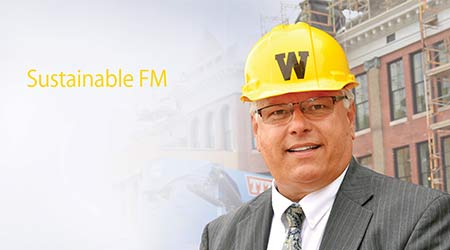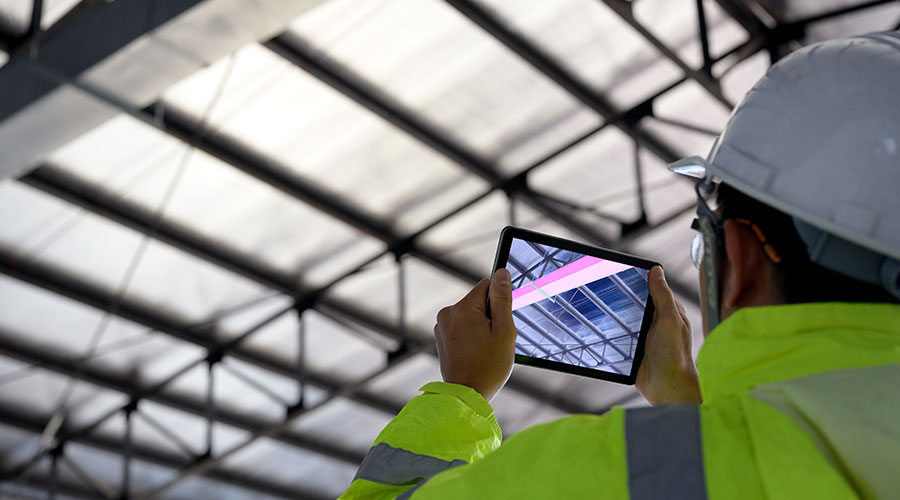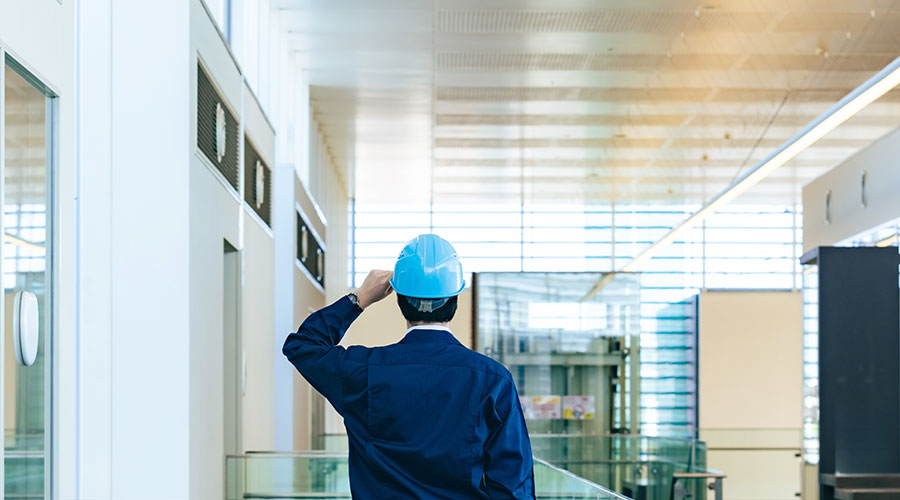Sustainable FM: Peter Strazdas Helps Train a New Generation of FMs To Lead the Profession
First part of a three-part cover story profiling Western Michigan University's Peter Strazdas.
Peter Strazdas is a Western Michigan University lifer — he’s been at the Kalamazoo, Mich., campus for more than 35 years in various capacities. In his long and illustrious career, the last 22 as the associate vice president of facilities management, he has seen some extraordinary changes on the campus in general, and in his facility management department specifically. But there’s been nothing that rivals the changes over the last several years — in technology, in the importance of sustainability, in funding patterns (usually down), and in the make-up of his work force such that millennials are actually now the majority of his 400-plus-person staff.
Put it all together and Strazdas says it’s a supremely exciting time to be a facility manager. “We’re constantly preparing for the ‘new normal,’” he says. “Sometimes we all have to take a deep breath and adapt to change our old ways. This isn’t Kansas anymore.”
This new era of facility management isn’t without its challenges. But many of these components of the new normal are interrelated, and Strazdas is not one who fears change — a trait he demands of his department as well. The end goal is to raise facility management from the windowless room in the basement to the boardroom, to show millennials that facility management is an attractive, demanding career, and to “build a wider bridge between the academy and facilities,” as he says. “We’re not the boiler room guys, and they’re not in the ivory tower.”
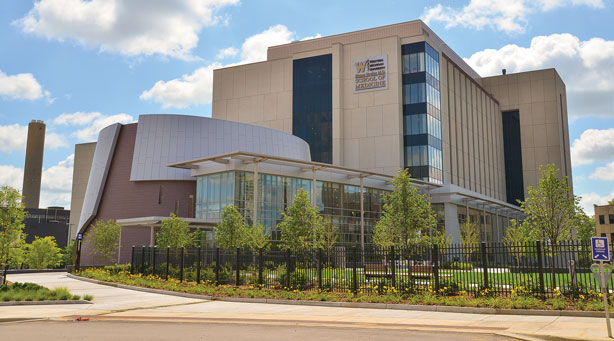
(The 330,000-square-foot Homer Stryker M.D. School of Medicine facility was part of a massive renovation completed in 2014. The school’s mantra is “always consider the future of medicine. Credit: Western Michigan University.)
Accomplishing those multi-faceted goals in era of such massive change sure isn’t going to be easy. But Strazdas has a plan, and often as not, sustainability is the catalyst for driving the conversation. It’s the hub to talk about the spokes of the facility management wheel, which include everything from attracting millennials to the profession to more funding to better use of technology, including the burgeoning Building Internet of Things.
Strazdas defines sustainability in this way: “We must leave our place better than we found it.” A noble goal to be sure, and one that hits home with millennials with increasing power these days. “The newer staff understands sustainability better than we do,” he says. “They believe more in sustainability. It’s easier to talk to a group of millennials. Their goals are to, yes, try to squeeze money out of operations, but also make the environment better and be respectful of people. Older folks think it’s all about saving money. That’s a big difference.”
With more than 20 LEED certified buildings on campus, Strazdas’s commitment to sustainability is fierce. But it’s in the weeds of green that he feels he can really make a difference in terms of saving money and raising the profession in eyes of millennials.
Sometimes, this is simple. For instance, if a pump is old and needs to be replaced, instead of talking about deferred maintenance and flow rates, Strazdas says it’s important to show how replacing it will mean less energy used and a greener campus overall. Seems like common sense, but it’s that strategy that resonates both with the millennials on his staff and students on campus.
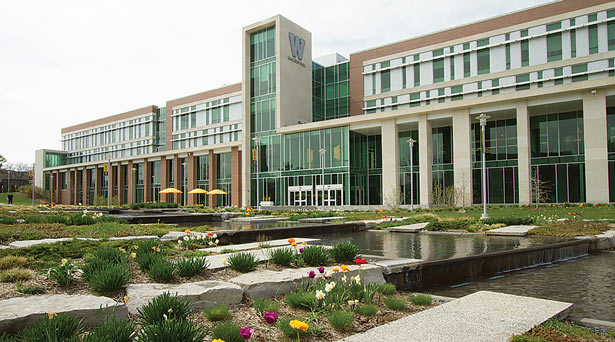
(LEED-Gold-certified Sangren Hall includes 975 rooftop solar panes. Strazdas calls it one of the most energy efficient buildings in Michigan. Credit: Western Michigan University.)
Related Topics:








